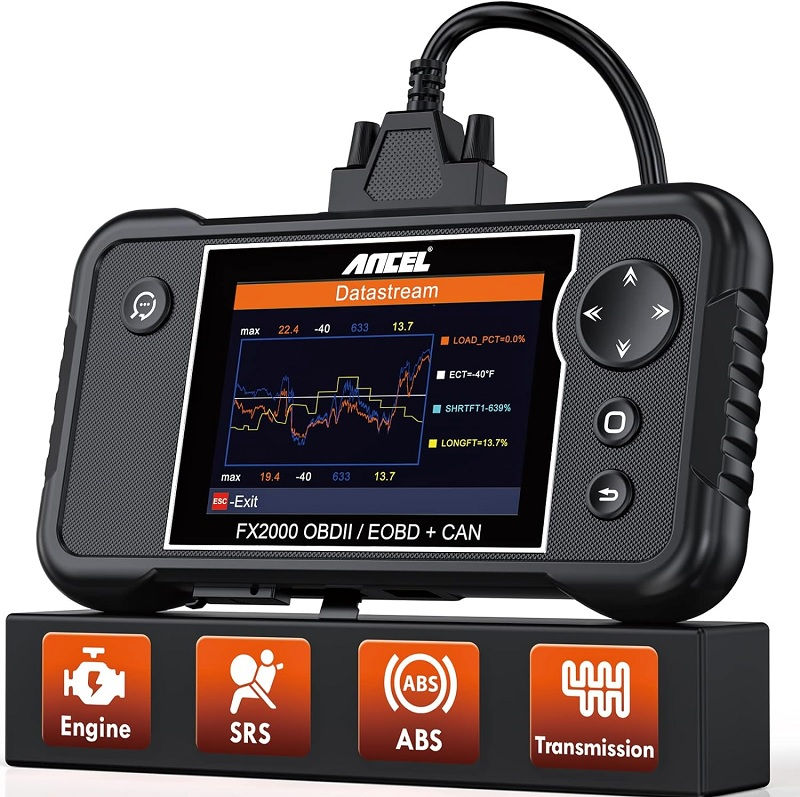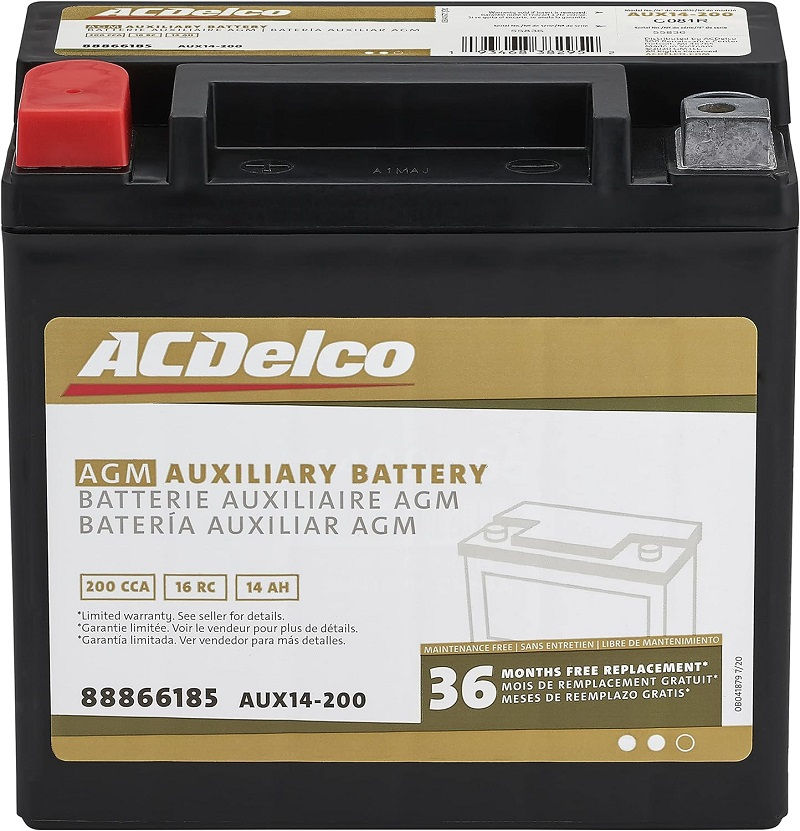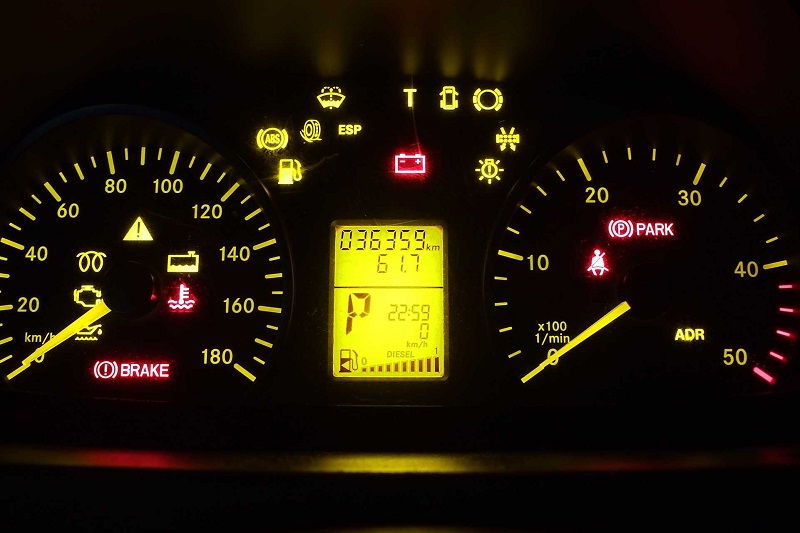This post contains affiliate links. This means I will make a commission at no extra cost to you should you click through and make a purchase [ “As an Amazon Associate, I earn from qualifying purchases.” ]. Read the full disclosure here.
Mercedes Sprinter Warning Lights GuideMechanic.Com Mercedes Sprinter warning lights are an essential aspect of your vehicle’s diagnostic system, designed to alert you about potential issues that require your attention.
Being aware of what these warning lights indicate can help you diagnose problems early on, prevent further damage, and ensure the safety and longevity of your Mercedes Sprinter.
In this comprehensive guide, we will delve into the world of Mercedes Sprinter warning lights, providing you with detailed insights into each one and the recommended actions to take when they illuminate on your dashboard.
Engine Warning Light
Understanding the Engine Warning Light

The Engine Warning Light is one of the most critical warning lights in your Mercedes Sprinter. When it illuminates, it indicates that there is a problem with the engine or its related components.
Ignoring this warning light can lead to severe engine damage or even a breakdown. It is crucial to understand the possible causes and take appropriate action when the Engine Warning Light appears.
Potential Causes of the Engine Warning Light
The Engine Warning Light can be triggered by various issues, including a malfunctioning sensor, a misfire in the engine, a problem with the fuel system, or even an exhaust emission problem.
It can also indicate issues with the engine’s timing, cooling system, or electrical components. Identifying the specific cause is crucial for effective troubleshooting and prompt resolution.
Recommended Actions
When the Engine Warning Light illuminates, it is recommended to pull over safely and check your vehicle’s owner’s manual for guidance. In some cases, it may be a minor issue that can be resolved by tightening the gas cap or replacing a faulty sensor.
However, if the light is flashing or accompanied by unusual engine noises, vibrations, or performance issues, it is best to have your vehicle inspected by a qualified mechanic to prevent further damage.
ABS Warning Light
Understanding the ABS Warning Light
The ABS Warning Light indicates a malfunction in the Anti-lock Braking System. This system is responsible for preventing wheel lock-up during sudden braking, improving steering control, and reducing the risk of accidents. When the ABS Warning Light illuminates, it signifies that there is an issue with the ABS system that needs attention.
Potential Causes of the ABS Warning Light
The ABS Warning Light can be triggered by a variety of issues, such as a faulty wheel speed sensor, a malfunctioning ABS module, or low brake fluid.
It can also be caused by a damaged ABS pump or a problem with the brake system’s hydraulic circuit. Identifying the root cause is crucial for effective troubleshooting and resolving the issue.
Recommended Actions
When the ABS Warning Light illuminates, it is important not to ignore it, as it can affect the performance of your brakes and compromise your safety.
First, check the brake fluid level and ensure it is within the recommended range. If the fluid level is low, it may indicate a leak or a worn brake pad. In such cases, it is advisable to have your brake system inspected by a qualified technician to diagnose and rectify the issue.
Battery Warning Light
Understanding the Battery Warning Light
Check out this ACDelco Gold AUX14-200 36 Month Warranty Auxiliary AGM 200 CCA Battery

The Battery Warning Light indicates an issue with the charging system or the battery itself. When this light illuminates, it signifies that the battery is not being charged adequately or that there is a problem with the electrical system, which could lead to a drained battery and potential starting difficulties.
Potential Causes of the Battery Warning Light
The Battery Warning Light can be triggered by various factors, such as a faulty alternator, a loose or damaged drive belt, a corroded battery terminal, or a weak battery.
It can also indicate a problem with the voltage regulator or a parasitic drain on the battery. Identifying the specific cause is crucial for effective troubleshooting and resolving the issue.
Recommended Actions
When the Battery Warning Light illuminates, it is important to address the issue promptly to prevent a sudden breakdown. Start by checking the battery terminals for corrosion or loose connections.
If necessary, clean the terminals and tighten the connections. Next, inspect the drive belt for any signs of damage or looseness.
If the belt appears worn or damaged, it may need to be replaced. If the issue persists, it is advisable to have your vehicle’s charging system inspected by a qualified technician to diagnose and rectify the underlying problem.
Oil Pressure Warning Light
Understanding the Oil Pressure Warning Light
The Oil Pressure Warning Light alerts you to low oil pressure, which can lead to severe engine damage if left unaddressed. When this light illuminates, it indicates that the oil pressure is below the recommended level, potentially compromising the engine’s lubrication and cooling capabilities.
Potential Causes of the Oil Pressure Warning Light
The Oil Pressure Warning Light can be triggered by various factors, including a low oil level, a faulty oil pressure sensor, a clogged oil filter, or a malfunctioning oil pump.
It can also indicate a problem with the engine’s lubrication system or excessive engine wear. Identifying the specific cause is crucial for effective troubleshooting and resolving the issue.
Recommended Actions
When the Oil Pressure Warning Light illuminates, it is important to take immediate action to prevent engine damage. Start by checking the engine oil level using the dipstick and ensure it is within the recommended range.
If the oil level is low, add the appropriate oil type to bring it to the correct level. If the oil level is sufficient, it is advisable to have your vehicle inspected by a qualified mechanic to diagnose and rectify the underlying problem, such as a faulty oil pressure sensor or a clogged oil filter.
Tire Pressure Warning Light
Understanding the Tire Pressure Warning Light

The Tire Pressure Warning Light indicates that one or more tires have low pressure. Maintaining proper tire inflation is crucial for your safety, vehicle performance, and fuel efficiency. When this light illuminates, it signifies that one or more tires require attention.
Potential Causes of the Tire Pressure Warning Light
The Tire Pressure Warning Light can be triggered by various factors, such as changes in temperature, a punctured tire, a faulty tire pressure sensor, or gradual air loss due to aging tires.
It can also indicate an issue with the tire valve stem or the tire pressure monitoring system. Identifying the specific cause is crucial for effective troubleshooting and resolving the issue.
Recommended Actions
When the Tire Pressure Warning Light illuminates, it is important to address the issue promptly to ensure your safety and preserve your tire’s lifespan.
Start by visually inspecting all tires for signs of obvious damage or punctures. If there are no visible issues, check the tire pressure of each tire, including the spare tire, using a reliable tire pressure gauge.
Inflate or deflate the tires as necessary to reach the recommended pressure specified in your vehicle’s owner’s manual. If the Tire Pressure Warning Light persists, it is advisable to have your tire pressure monitoring system inspected by a qualified technician to diagnose and rectify the underlying problem.
Coolant Warning Light
Understanding the Coolant Warning Light
The Coolant Warning Light signifies an issue with the engine’s cooling system, which is essential for maintaining optimal engine temperature.
When this light illuminates, it indicates that the engine is at risk of overheating, potentially leading to severe engine damage if not addressed promptly.
Potential Causes of the Coolant Warning Light
The Coolant Warning Light can be triggered by various factors, such as a low coolant level, a faulty coolant temperature sensor, a malfunctioning thermostat, or a coolant leak.
See Also: Mercedes Dashboard Warning Lights Explained
It can also indicate a problem with the radiator, water pump, or cooling fan. Identifying the specific cause is crucial for effective troubleshooting and resolving the issue.
Recommended Actions
When the Coolant Warning Light illuminates, it is important to take immediate action to prevent engine overheating. First, pull over safely and allow the engine to cool down before checking the coolant level in the reservoir.
If the coolant level is low, add the appropriate coolant type to bring it to the recommended level. It is essential to ensure that the engine is completely cool before opening the radiator cap to avoid the risk of burns.
If the coolant level is sufficient, it is advisable to have your vehicle inspected by a qualified mechanic to diagnose and rectify the underlying problem, such as a coolant leak or a malfunctioning cooling system component.
Airbag Warning Light
Understanding the Airbag Warning Light
The Airbag Warning Light indicates a fault in the airbag system, which is designed to provide additional protection in the event of an accident. When this light illuminates, it signifies that there is a potential issue with the airbag system that needs attention.
Potential Causes of the Airbag Warning Light
The Airbag Warning Light can be triggered by various factors, such as a faulty airbag sensor, a malfunctioning airbag control module, or a disconnected airbag module.
It can also indicate issues with the seatbelt tensioners or other components of the supplemental restraint system. Identifying the specific cause is crucial for effective troubleshooting and resolving the issue.
Recommended Actions
When the Airbag Warning Light illuminates, it is important to address the issue promptly to ensure your safety in the event of an accident.
First, check that all passengers are wearing their seatbelts correctly and that there are no objects or obstructions interfering with the airbag deployment areas.
If the Airbag Warning Light persists, it is advisable to have your vehicle inspected by a qualified technician with expertise in airbag systems.
They will be able to diagnose and rectify the underlying problem, ensuring that your airbags are fully functional in case of an emergency.
ESP Warning Light
Understanding the ESP Warning Light
The ESP (Electronic Stability Program) Warning Light alerts you to a problem with the system that helps maintain control of the vehicle in challenging driving conditions. When this light illuminates, it indicates that there is an issue with the ESP system that needs attention.
Potential Causes of the ESP Warning Light
The ESP Warning Light can be triggered by various factors, such as a faulty wheel speed sensor, a malfunctioning ESP control module, or an issue with the steering angle sensor.
It can also indicate a problem with the ABS system or other components that collaborate with the ESP system. Identifying the specific cause is crucial for effective troubleshooting and resolving the issue.
Recommended Actions
When the ESP Warning Light illuminates, it is important to address the issue promptly to ensure optimal vehicle stability and control. Start by checking the tire pressures and ensuring they are within the recommended range.
In some cases, an incorrect tire pressure can trigger the ESP Warning Light. If the tire pressures are correct, it is advisable to have your vehicle’s ESP system inspected by a qualified technician.
See Also: Mercedes Dashboard Symbols and Meanings
They will be able to diagnose and rectify the underlying problem, ensuring that your vehicle’s stability and control systems are functioning properly.
Glow Plug Warning Light
Understanding the Glow Plug Warning Light
The Glow Plug Warning Light is specific to diesel engines and indicates an issue with the glow plug system. Glow plugs are used to heat the combustion chamber in cold conditions, ensuring efficient and reliable engine starting. When this light illuminates, it signifies that there is a problem with the glow plug system that needs attention.
Potential Causes of the Glow Plug Warning Light
The Glow Plug Warning Light can be triggered by various factors, such as a faulty glow plug, a malfunctioning glow plug control module, or a problem with the wiring or connectors in the glow plug system.
It can also indicate issues with the fuel injection system or the engine’s compression. Identifying the specific cause is crucial for effective troubleshooting and resolving the issue.
Recommended Actions
When the Glow Plug Warning Light illuminates, it is important to address the issue promptly to ensure reliable engine starting, especially in cold weather conditions.
Start by checking the glow plug indicator on your dashboard, which indicates when the glow plugs have finished heating. If the Glow Plug Warning Light persists after the indicator has turned off, it is advisable to have your vehicle’s glow plug system inspected by a qualified technician. They will be able to diagnose and rectify the underlying problem, ensuring efficient and reliable engine starting.
Water in Fuel Warning Light
Understanding the Water in Fuel Warning Light
The Water in Fuel Warning Light signals the presence of water in the fuel system, which can lead to engine problems and reduced fuel efficiency. When this light illuminates, it indicates that there is water present in the fuel system that needs attention.
Potential Causes of the Water in Fuel Warning Light
The Water in Fuel Warning Light can be triggered by various factors, such as condensation in the fuel tank, contaminated fuel, or a faulty water sensor in the fuel system.
It can also indicate issues with the fuel filter or other components of the fuel system. Identifying the specific cause is crucial for effective troubleshooting and resolving the issue.
Recommended Actions
When the Water in Fuel Warning Light illuminates, it is important to address the issue promptly to prevent damage to the fuel system and ensure optimal engine performance.
Start by checking the fuel filter for any signs of water or contamination. If the fuel filter appears to be contaminated, it will need to be replaced.
If the issue persists, it is advisable to have your vehicle’s fuel system inspected by a qualified technician. They will be able to diagnose and rectify the underlying problem, ensuring that your fuel system is free from water and operating efficiently.
In conclusion, understanding Mercedes Sprinter warning lights is crucial for maintaining the performance, safety, and longevity of your vehicle.
Each warning light serves as an indicator of potential problems that require attention. By familiarizing yourself with the meanings, potential causes, and recommended actions associated with each warning light, you can address issues promptly, prevent further damage, and ensure the smooth operation of your Mercedes Sprinter.
Remember, consulting a professional mechanic when in doubt is always a wise decision to ensure accurate diagnosis and proper repair.
Related video of Understanding Mercedes Sprinter Warning Lights: A Comprehensive Guide
- Seafoam Catalytic Converter Cleaner: It Work & How to Use It? - April 18, 2025
- Rislone Catalytic Converter Cleaner: What It Is, How It Works - April 18, 2025
- Wynn’s Catalytic Converter Cleaner 325ml - April 17, 2025

